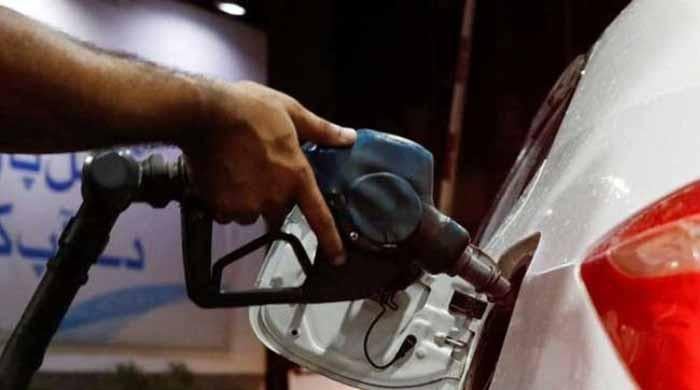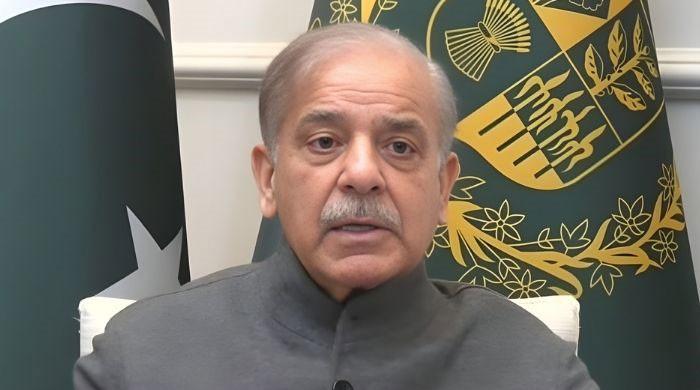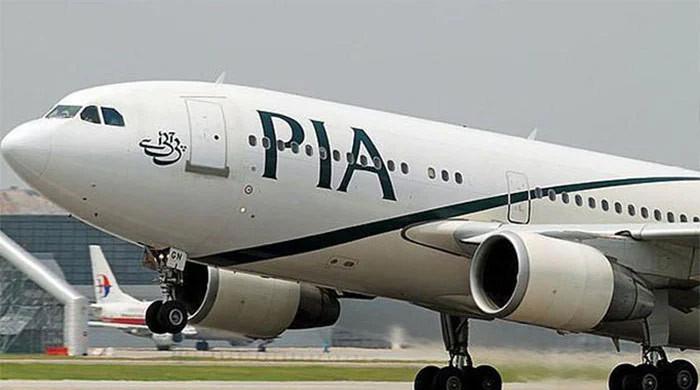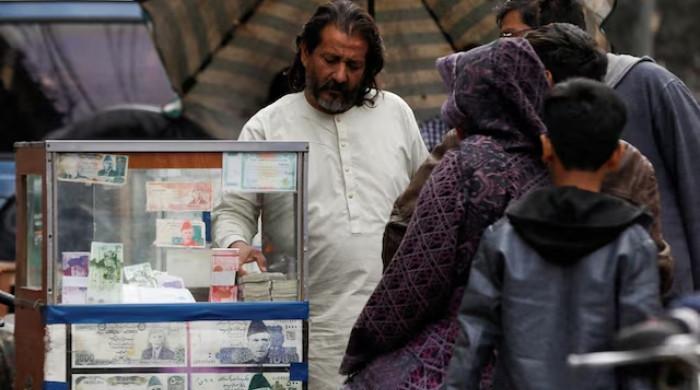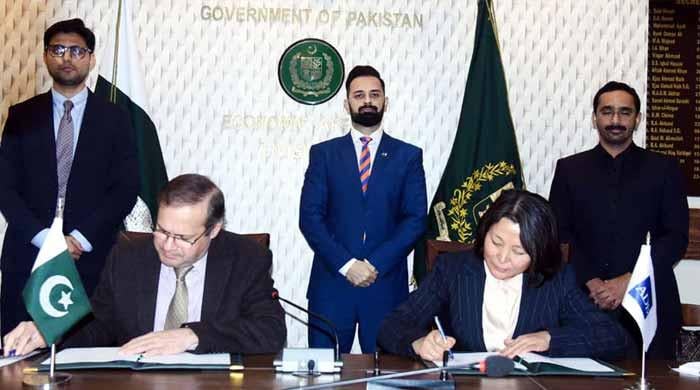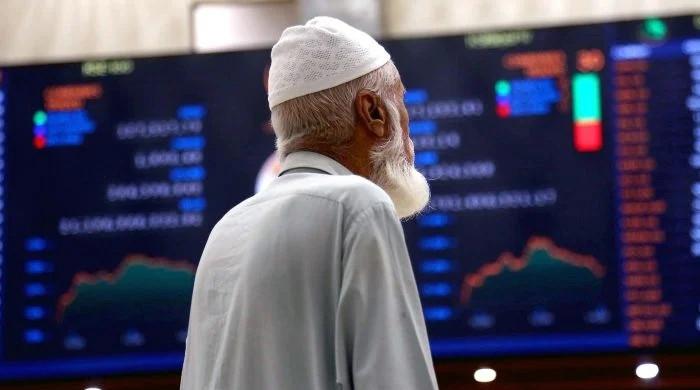High-level political undertaking paved way for agreement with IMF: report
Pakistan submits revised fiscal plan, agrees to get a new mechanism for hiking power tariffs approved
February 29, 2020
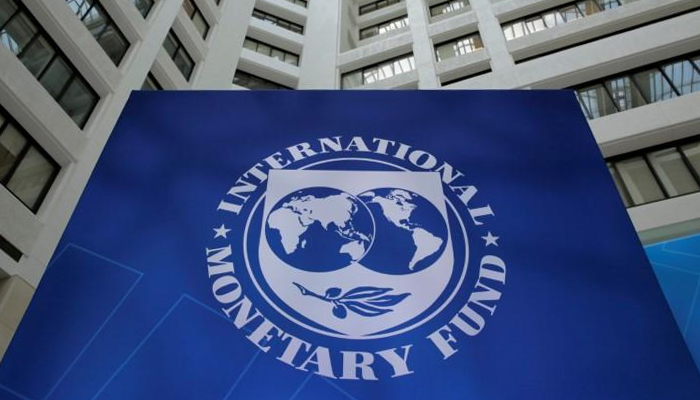
ISLAMABAD: Pakistan has submitted a revised fiscal plan for the current year and agreed to get a new mechanism for hiking power tariffs approved and pave the way for striking a staff-level agreement with the International Monetary Fund (IMF), reported The News.
Top government official disclosed on Friday that the highest- level political commitment and submission of the revised fiscal plan to determine power and gas tariffs, and moving towards reducing circular debt paved the way for striking of staff-level agreement.
There was an agreement with the IMF that the Ministry of Power would propose a revision to the mechanism for determining of tariff to the Council of Common Interest (CCI) for hiking average tariff and curtailing the pace of piling up of the circular debt.
Also read: IMF warns of negative impact of coronavirus on Pakistan's economy
The summary to this effect will be submitted before the CCI. On gas tariff, the adjustment on July 1 had eliminated the arrears of the gas sector and now the gas tariff would be adjusted on the basis of OGRA’s mid-year decision on tariffs.
According to the revised fiscal plan for the current fiscal year submitted before the IMF, the budget deficit was revised downward from 7.1 per cent of GDP to 6.75 per cent for the GDP, with the projection to restrict the primary balance at Rs 260 billion for the current fiscal year ending on June 30, 2020.
The FBR’s target submitted by the government before the IMF was kept at Rs 4.8 trillion against the revised target of Rs 5.238 trillion. Earlier, on eve of the budget for 2019-20, the FBR’s target was envisaged at Rs 5.555 trillion. The Non-Tax Revenue target was revised upward from Rs 894 billion to Rs 1,351 billion.
Also read: EU to provide €13 million to Pakistan under Public Financial Management Support Programme
The non-tax revenue target of Petroleum Levy (PL) was proposed to increase from Rs 216 billion to Rs 300 billion that clearly indicates that the government made a commitment with the IMF to keep the petroleum levy on the higher side for pocketing additional Rs 84 billion from the voiceless consumers.
The POL prices in the international market had tumbled but the full benefits would not be passed on to the consumers in the coming months of the current fiscal year. However, the target of Gas Infrastructure Development Cess (GIDC) had slashed down from Rs 30 to Rs 20 billion for the current fiscal year.
On the expenditures side, the government has slashed its allocated amount for debt servicing on repayment of mark up on foreign and domestic loans from Rs 2,891 billion to Rs 2,700 billion mainly because of depreciation of rupee against dollar and re-profiling of short- term debt.
Also read: Pakistan asks IMF to revise FBR's tax collection target
The mark up on domestic loan-related payment was projected to decrease from Rs 2,532 billion to Rs 2,370 billion for the current fiscal year. The defense budget was hiked by Rs 100 billion from an allocated amount of Rs 1,152.5 billion to Rs 1,252 billion for the current fiscal year. The amount for subsidies was kept unchanged at Rs 271.5 billion for the current fiscal year.
Ironically, the development budget was proposed to be reduced both at the federal and provincial levels. The major cut in the development outlay was proposed at provincial levels as the development allocation was proposed to be cut down from Rs 1,081 billion to Rs 880 billion for the current fiscal year.
Similarly, the Federal Public Sector Development Program was slashed after excluding federally funded programs executed by the Finance Division to the tune of Rs 150 billion out of Rs 701 billion, the federal PSDP was kept at Rs 540 billion for the current fiscal year.
Originally published in The News




